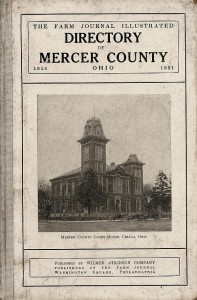 A few years ago I purchased a 1916 Farm Journal Illustrated Directory of Mercer County, Ohio, on Ebay. It was published by the Wilmer Atkinson Company, publishers of the Farm Journal, from Washington Square, Philadelphia. It contains 208 pages, an alphabetical list of the people living in Mercer County with some information about them, advertisements, and a classified business directory. The following is some information about my ancestors from this directory.
A few years ago I purchased a 1916 Farm Journal Illustrated Directory of Mercer County, Ohio, on Ebay. It was published by the Wilmer Atkinson Company, publishers of the Farm Journal, from Washington Square, Philadelphia. It contains 208 pages, an alphabetical list of the people living in Mercer County with some information about them, advertisements, and a classified business directory. The following is some information about my ancestors from this directory.
Jacob Muller [umlaut over the u] is listed on page 117: Muller, Jacob, wife Christina, 1 child, a farmer who owned 80 acres at Route 1 Willshire, Blackcreek Township. He owned 8 horses and 3 cows and had an Indiana telephone. I would imagine a telephone would have been quite a luxury in 1916.
Jacob’s son, John, was living next to Jacob, and is listed on page 115: Miller, John, wife Sophronia, 2 children, a farmer who owned 62 acres at Route 1, Willshire, in Blackcreek Township. John owned 4 horses and 3 cows and also had an Indiana telephone.
A map of Mercer County was included with the directory. Numbers on the map correspond with numbers given with the names of the people in the directory. Jacob and John Miller were both listed as #17 in Blackcreek Township. I was not aware that John owned land in this section. I need to look through the deed books at the Mercer County Recorder’s Office and check this out.
Chattanooga was the nearest town to the farm, about 2 miles away. Several Chattanooga businesses advertised in the 1916 directory. It appears that Chattanooga was a thriving little village. The following are the Chattanooga businesses listed in the directory:
Chattanooga Hardware Co. [see photo]
Regedanz Brothers, blacksmiths
Heffner Brothers, garage
Merkle & Egger, general store
Baumgartner & Andrews, lumber
John H. Andres, meats
Perry Gibbons & Fred Heffner, saloon
A. Germann, shoes
Smith Brothers, tinners
The other day I was talking with my dad about the Miller farm in Blackcreek Township. The 1853 Mercer County plat book showed that the 80 acres was divided into two tracts of land at that time, owned by two individuals, each having a cabin on their 40 acre plot. The cabin at the back end of the property would have been about ½ mile from the current road. My dad said that his grandfather, Jacob, talked about a cabin that had one time been toward the back of his farm. This would correspond with information from the 1853 plat book. Supposedly, the road from Berne, Indiana, now route 218, was to go by the cabin that was in the back 40 acres. Perhaps there was a dirt road back there in the 1850s. If the Indiana road from Berne came straight into Ohio it would have probably gone right by the cabin. However, route 218, instead of coming straight into Ohio, curves south at the state line and becomes Ohio route 707.
There were some Schumms living in Mercer County in 1916, but they lived closer to Rockford. The following Schumms are listed in the directory, all on page 135:
Schumm, Amos C, tenant, farmer, 6 horses, 5 cows, route 6 Rockford, Blackcreek Township, Indiana telephone.
Schumm, C.J., wife Jeanette, 2 children, farmer, owns 145 acre farm, 10 horses, 3 cows, route 2 Rockford, Dublin Township, Indiana phone.
Schumm, F.M., wife Amber, farmer, owns 62 acres, 5 horses, 19 cows, route 2 Rockford, Dublin Township.
Schumm, J.F., Sr., Rockford.
Schumm, Mary, Rockford.
Schumm, P.F., wife Leona, 3 children, farmer, owns 100 acres, 5 horses, 14 cows, route 2 Rockford, Blackcreek Township, Indiana telephone.
Schumm, Wm. L., wife Amanda, 2 children, farmer, owns 95 acres, 4 horses 1 cow, route 6 Rockford, Blackcreek Township, Indiana, telephone.
I will be happy to do any lookups from this 1916 directory. Just e-mail me with your request.

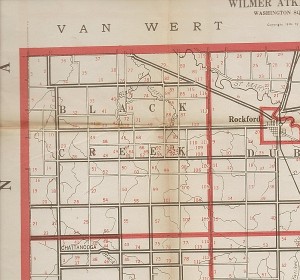
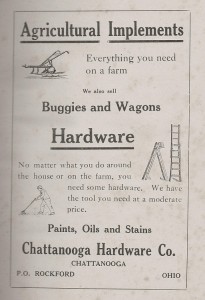
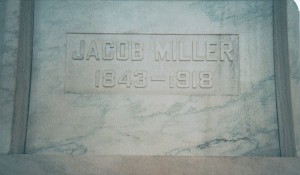
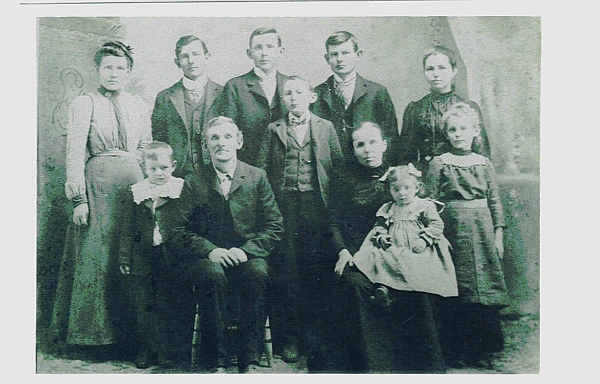
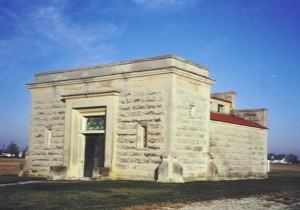
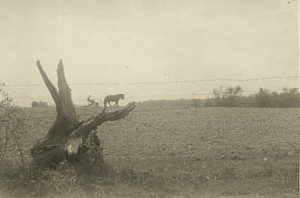
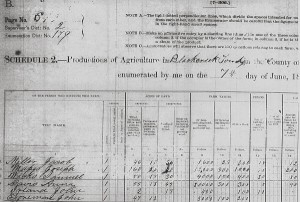
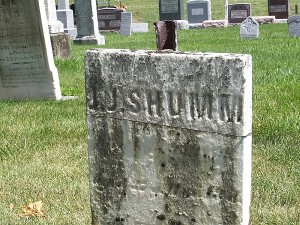


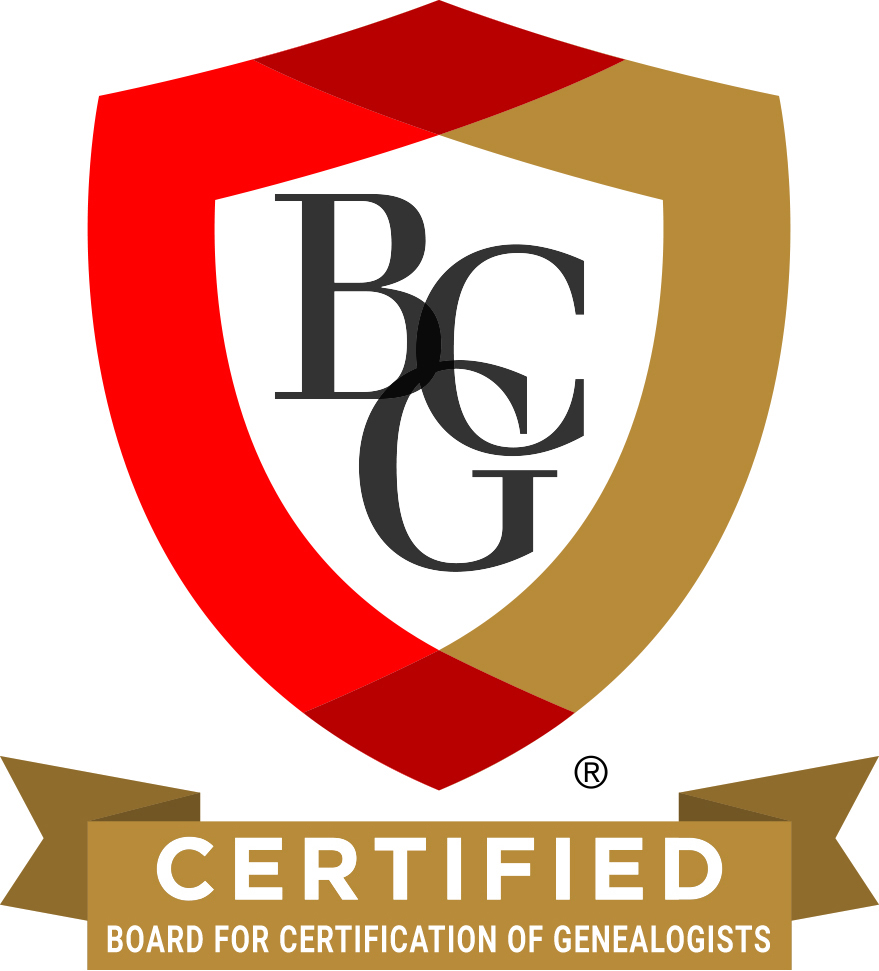
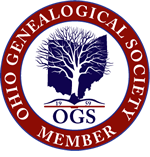

I don't have any information about that event, but what names are you looking for? There may be an account…
As far as I know Gertrude was his only child.
Did Johannes have any children besides Gertrude?
I got a photo of van wert men mustered to leave for ww1 aug 5 1917. Wondering if you have…
Unusual names for sure. I wish I knew why he picked those names. Liking geography is a good possibility. Thanks…